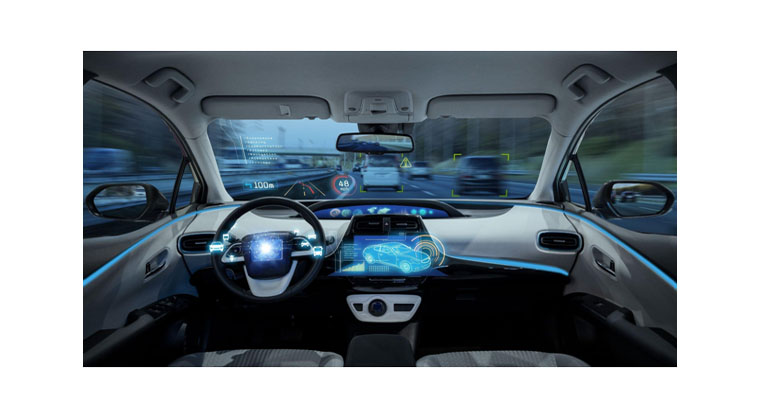
When it comes to deploying cutting-edge technologies on edge devices like autonomous vehicles, it a no easy feat. Most state-of-the-art technology is built on top of the Transformers architecture in Machine Learning, including our very favorite Chat-GPT. The problem of slow inference time with machine learning transformers is a well-known challenge in the field of computer vision (CV) and natural language processing (NLP), including other sequence-to-sequence tasks. Transformers, particularly large-scale models like BERT, GPT-3, and their variants, have achieved remarkable performance in various NLP tasks. However, their computational complexity and memory requirements can lead to slow inference times, limiting their real-world applicability in time-sensitive or interactive applications. Addressing the challenge of slow inference time is crucial for making transformer-based models more practical and accessible for real-world applications like autonomous vehicles and Social robots.
The latest research led by Mr. Apoorv Singh, a Machine Learning Scientist at an autonomous vehicle company, enabled such a computation-hungry transformer model to be deployed in real-time on autonomous cars. This research involves multiple practical and theoretical hypotheses that scaled down the inference time of the Transformers-based Computer Vision model by 63%, keeping a similar detection performance. His research was published at the Autonomous Driving session of the IEEE CVPR conference, held in Vancouver, Canada, in July 2023. Mr. Singh, a robotics graduate from Carnegie Mellon University, has also published multiple patents and research articles in Artificial Intelligence and Autonomous Vehicles convergence. Mr. Singh has represented autonomous vehicle research as a keynote speaker and panelist at US-based IEEE conferences.
This and many other recently developed research have given us confidence that autonomous vehicles are rapidly progressing and are poised to become a reality in the near future, bringing forth a transformative era of self-driving transportation.
With these remarkable advancements, the future of autonomous vehicles appears brighter than ever, promising to revolutionize transportation and reshape how we interact with our world.





